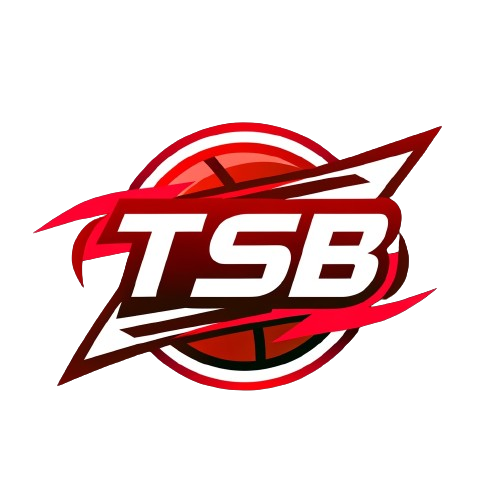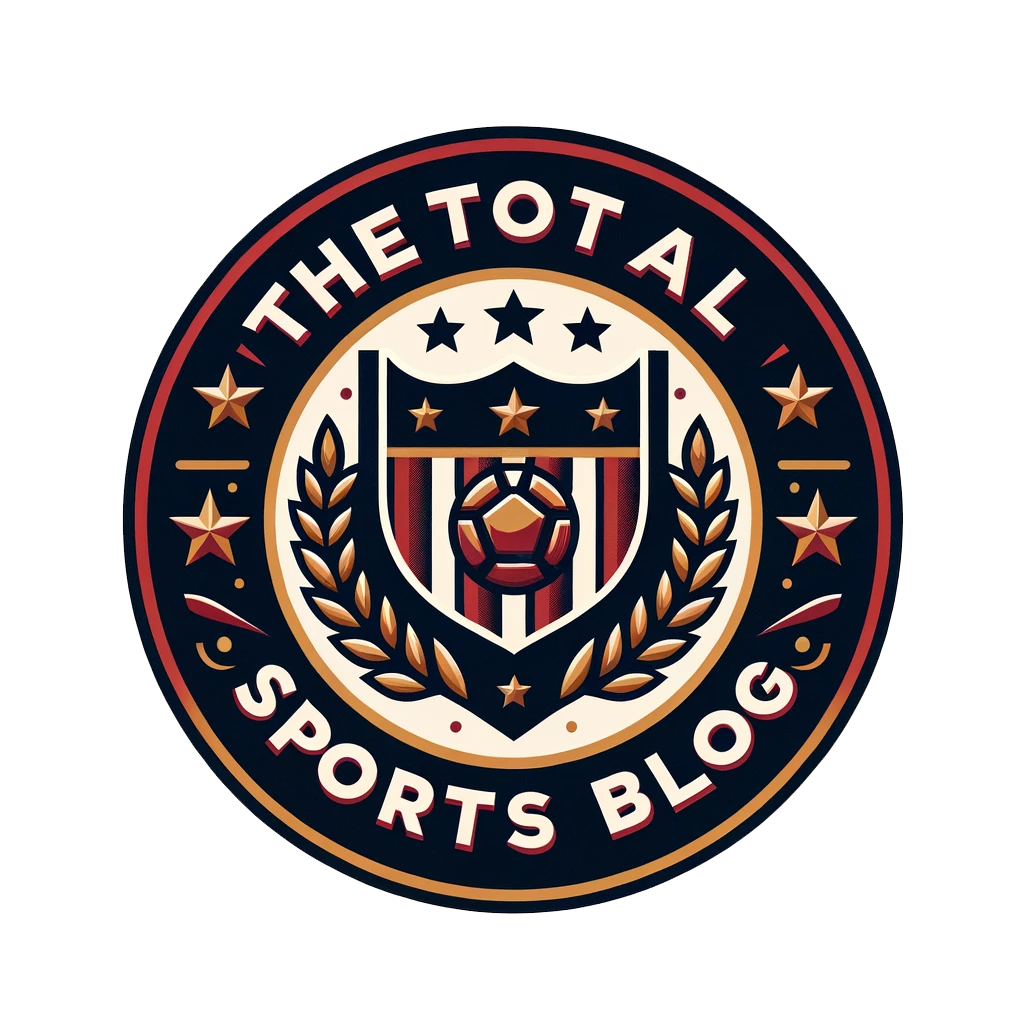NASCAR’s sanctioning body announced on Monday afternoon that the sport will undergo changes off the track that will look to improve the racing on the track.
- Advertisement -
Changes include making gray areas a thing of the past, improve its outdated appeals process, and to make the sport more fan friendly through technology.
The proposal to eliminate gray areas will begin with an overhaul of the rulebook to include specific pictures and guidelines on EVERY part and piece of the car. The rulebook will be available to teams, and hopefully fans one day, online so they have no reason to have an unapproved part on the car.
- Advertisement -
The governing body will also come up with a specific set of penalties that says a violation will result in a certain amount of money, point deductions, as well as crew suspensions and/or probation.
Also look for an overhaul on the appeals process, which has been under heavy scrutiny this season with Penske Racing and Joe Gibbs Racing having their penalties reduced after challenging them.
- Advertisement -
Currently there is a two-tiered process.
O’Donnell said NASCAR would consider matching the expertise of its appeals board with the case.
On the technology side, NASCAR has a goal of making the car on the track look like the car that comes off the manufacturers’ assembly line beyond the outward appearance. The goal is to give fans a more up-close look at the things on cellular devices and tablets that the driver sees inside the cockpit.
This task will fall under the supervision of Gene Stefanshyn, the head of NASCAR’s Research and Development Center. With this hiring, it will free up Robin Pemberton, vice president of competition, and John Darby, Sprint Cup director, who will not focus on rule enforcement.
“We want to position NASCAR ultimately for the future,” Steve O’Donnell, NASCAR senior vice president of racing operations said. “The goal for us would be that as cars come off the manufacturing line in the near future, they certainly look like NASCAR from an aesthetic standpoint when you look at those on track, but just as importantly the technology that’s in those cars mirrors what’s on track, and we really become that proving ground from a technology standpoint.
Among the changes that will be implemented by 2015:
• Rule-making will be shifted from the officiating group at the track to the Research & Development Center.
• Enhance the effectiveness of the appeals process by redefining the process and appeals board criteria.
• Simplify the rulebook and increase objectivity by replacing written rules with CAD designs.
• Enhance parts approval by formalizing the submission and approval process.
• Increase the consistency of rule interpretation across all three national series.
• Strengthen the deterrence model to reduce inspection required to ensure competitive racing.
• Increase the use of technology on pit road.
• Maintain the rigor of inspection while creating greater efficiency in the entire process.
• Improve efficiency of the process by creating a race team inspection scheduling system to the point a fan can know when his or her favorite driver is going through tech.
• Enhance the effectiveness of inspection through data collection and trend analysis.
• Create a unified inspecting and officiating model across the three series, meaning there no longer will be separate officials for Sprint Cup, Nationwide and Trucks.
Officials also said they are looking at changes to qualifying that would enhance the fan experience.
“The vision for us as you look at the future is we want to position NASCAR ultimately for the future,” O’Donnell said. “We want to be more nimble in what we do from a technology standpoint, be able to quickly react to the emerging technologies that are out there.”







